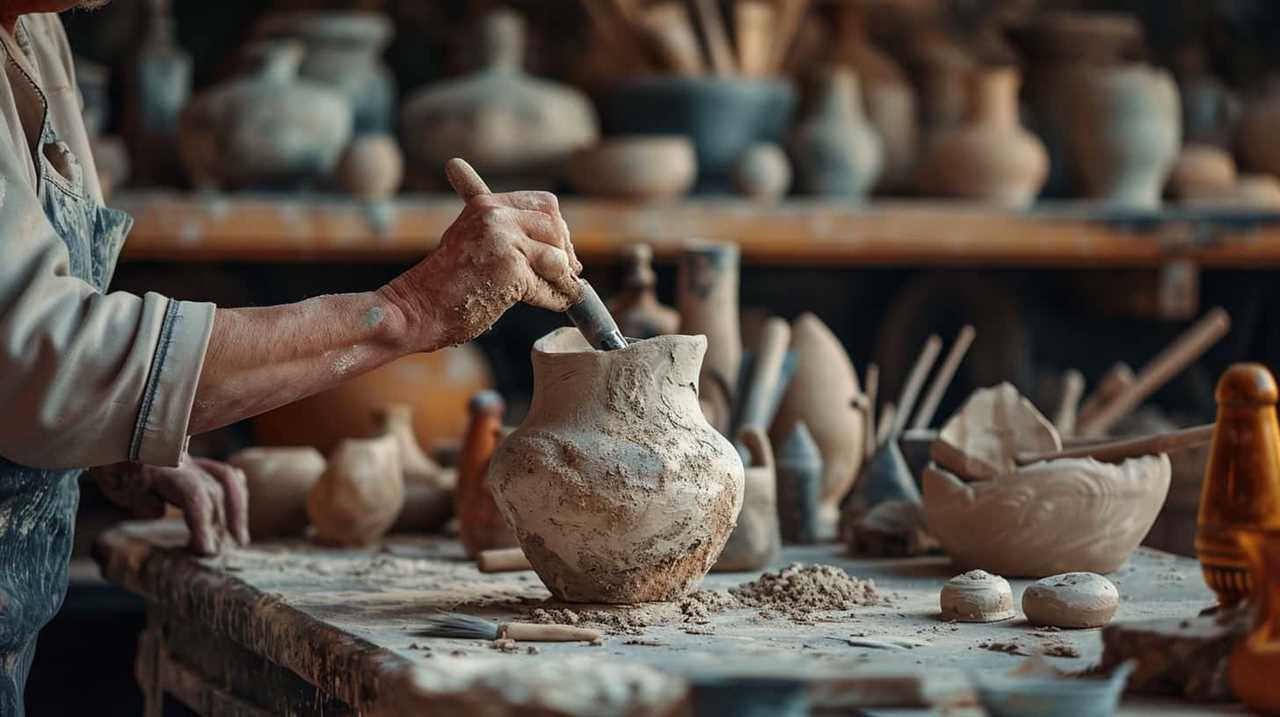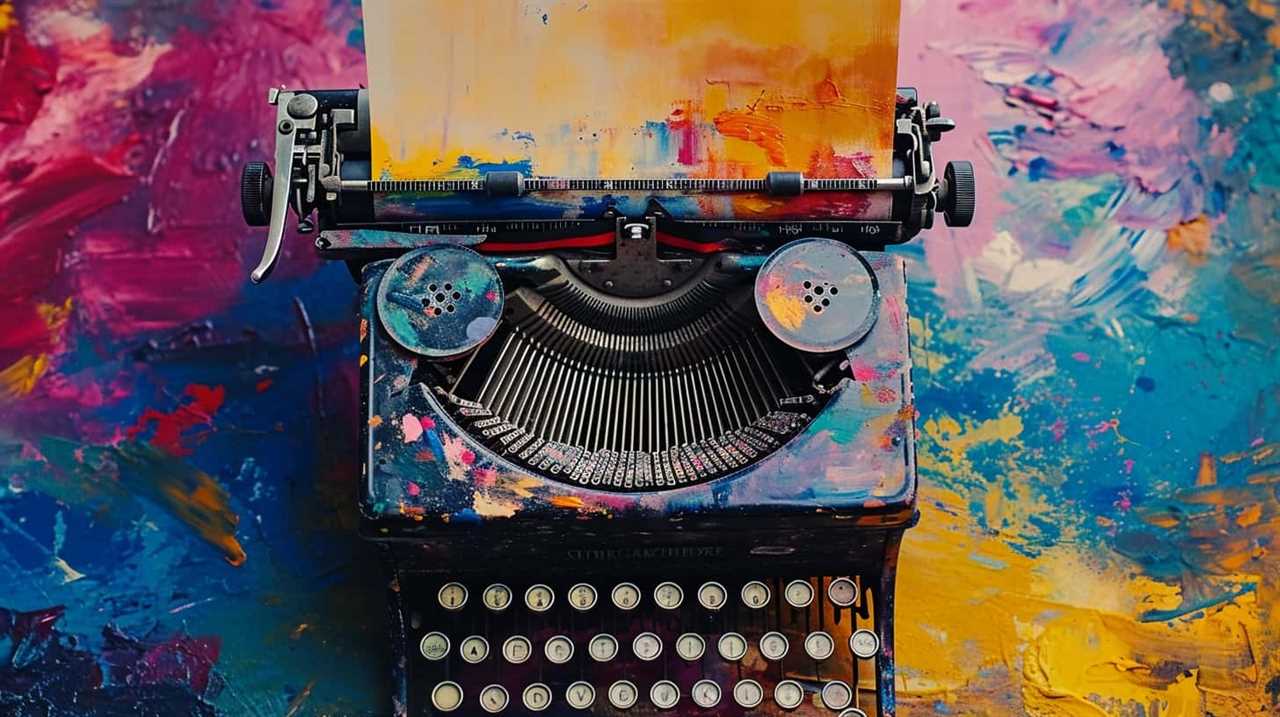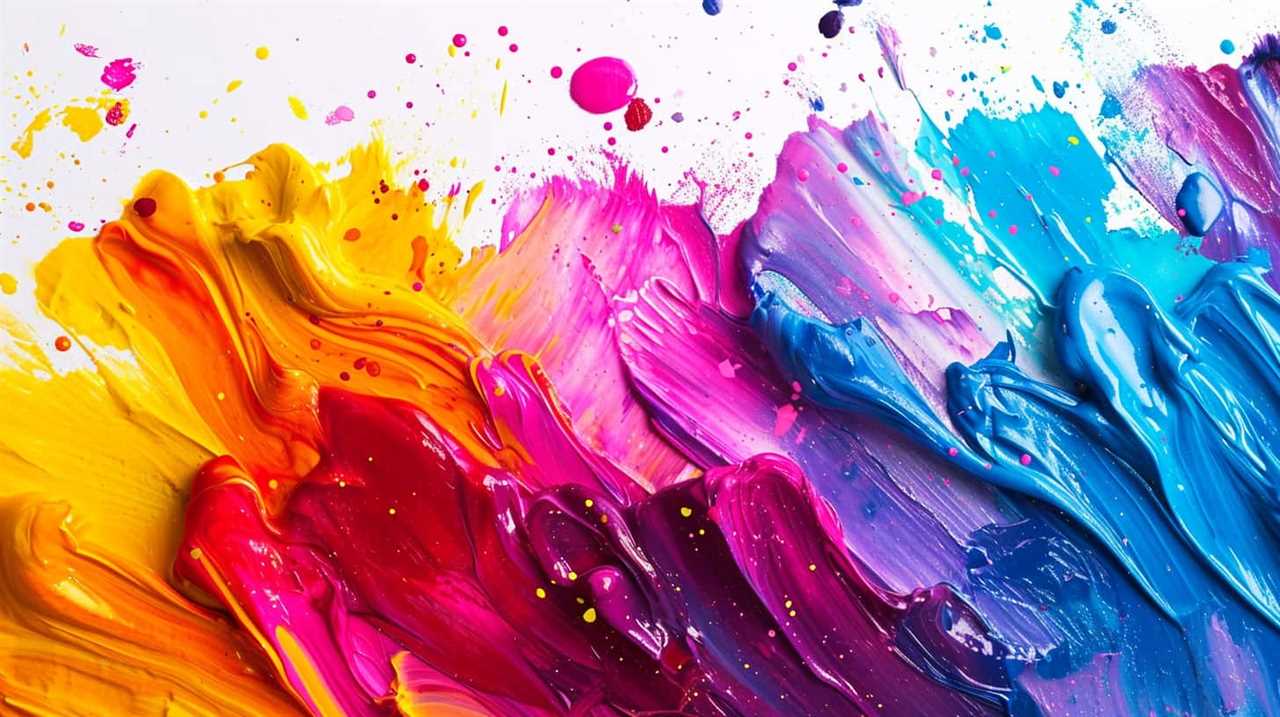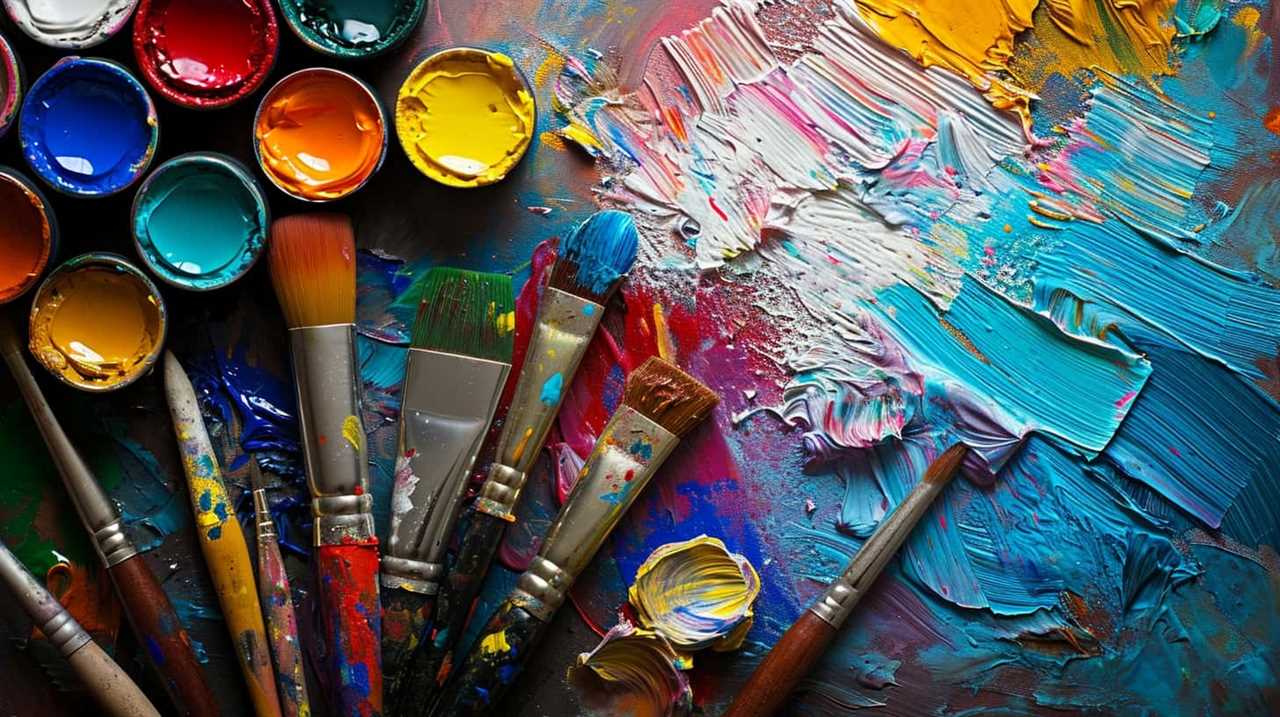In our quest for mastery, we frequently look to the masters who paved the way before us for guidance and motivation. Rome wasn’t constructed in a day and neither is achieving artistic excellence. Great artists like Picasso, Van Gogh, Frida Kahlo, Monet, and Da Vinci recognized the significance of perseverance in the midst of difficulties. They imparted wisdom on resilience, conquering obstacles, and persisting in the tireless pursuit of artistic greatness.
In this exploration, we delve into the words of these masters, discovering their wisdom on persistence and success. Through their experiences, we gain valuable lessons that can fuel our own artistic journeys. So, let us embark on this enlightening journey to discover what the masters have to say about perseverance in art.
Key Takeaways
- Picasso, Van Gogh, and Kahlo embraced challenges as opportunities for growth and innovation in their artwork.
- Monet demonstrated dedication to his craft and a willingness to embrace change, pushing boundaries and exploring new styles.
- Monet and Da Vinci emphasized the importance of perseverance, dedication, and continuous learning in achieving artistic mastery.
- Determination is crucial in overcoming obstacles, fueling experimentation, remaining focused, and achieving greater artistic achievements and success.
Picasso’s Perspective on Resilience
In our exploration of perseverance in art, we delve into Picasso’s perspective on resilience. Picasso’s artistic journey is a testament to his unwavering determination to overcome challenges and push the boundaries of artistic expression. His creative process was marked by relentless experimentation and a refusal to conform to traditional norms.
Throughout his career, Picasso faced numerous obstacles and setbacks. From the initial rejection of his art to the constant criticism and skepticism from the art world, he encountered adversity at every turn. However, instead of allowing these challenges to deter him, Picasso embraced them as opportunities for growth and innovation.
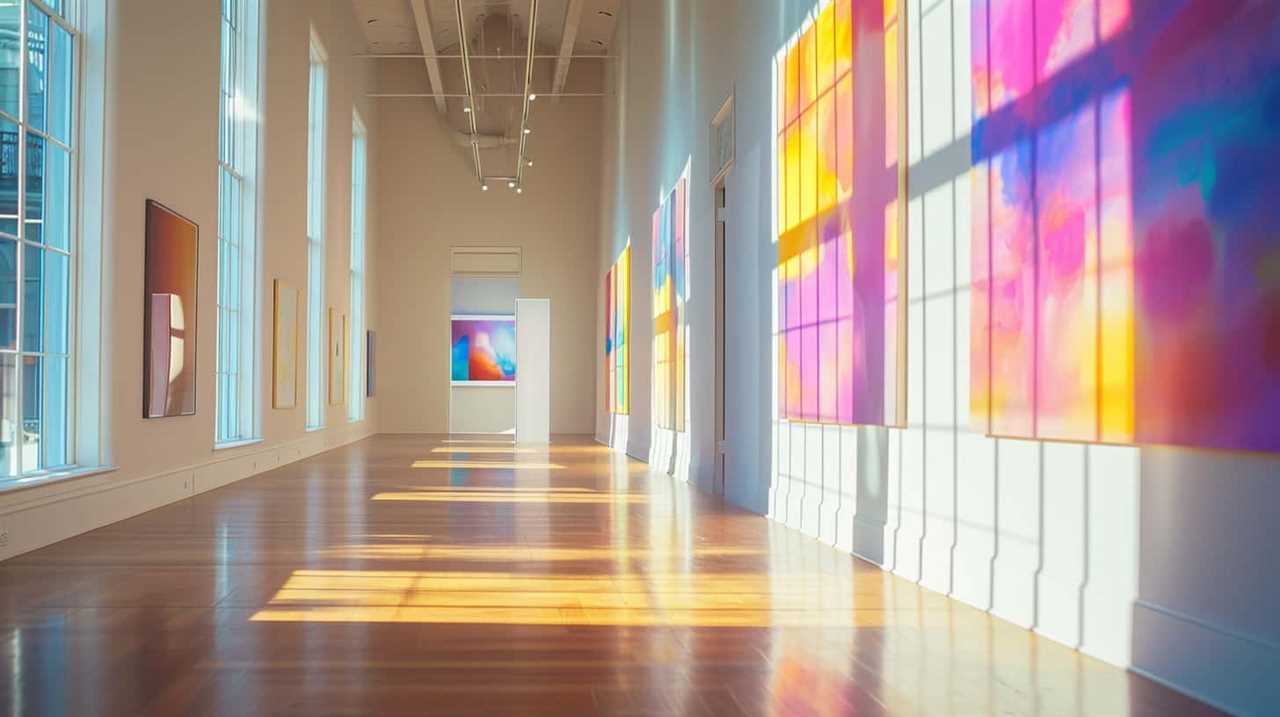
Picasso’s resilience can be seen in his ability to adapt and evolve as an artist. He constantly reinvented his style, exploring various artistic movements and techniques. This willingness to embrace change and explore new possibilities allowed him to remain relevant and influential throughout his career.
Picasso’s approach to art also reflected his resilience. He approached each piece with a sense of fearlessness and a willingness to take risks. He believed that true artistry required pushing the boundaries and challenging the status quo.
In conclusion, Picasso’s perspective on resilience is one of relentless determination, adaptability, and fearlessness in the face of challenges. His artistic journey and creative process serve as an inspiration for artists seeking to persevere and thrive in the ever-changing world of art.
Transitioning into the subsequent section about Van Gogh’s insights on overcoming challenges, we now turn our attention to another master who faced his own unique set of obstacles.
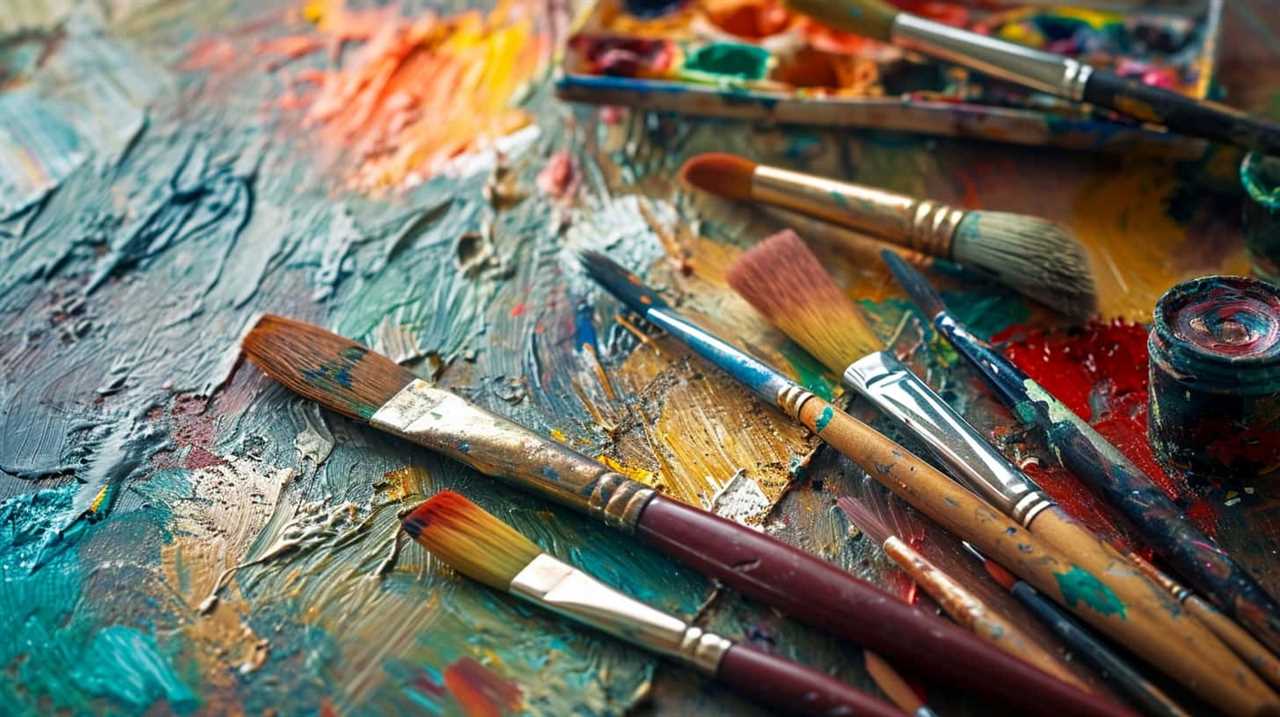
Van Gogh’s Insights on Overcoming Challenges
We frequently encountered obstacles, but we, as artists, discovered valuable insights from Van Gogh’s perspective on overcoming challenges. Van Gogh’s life was marked by numerous struggles and setbacks, yet he demonstrated remarkable artistic resilience in the face of adversity. His relentless pursuit of his craft and his ability to overcome obstacles serve as inspiration for artists seeking mastery.
One of Van Gogh’s key insights on overcoming obstacles is the importance of perseverance. Despite facing rejection and criticism throughout his career, he remained steadfast in his artistic journey. He believed that consistent effort and dedication were essential in overcoming challenges and achieving artistic excellence.
Another valuable lesson we can learn from Van Gogh is the power of self-belief. Despite being plagued by self-doubt, he never gave up on his artistic vision. He understood that believing in oneself and one’s artistic abilities is crucial in overcoming obstacles and pushing through difficult times.
Furthermore, Van Gogh emphasized the significance of embracing failure as an opportunity for growth. He viewed setbacks and mistakes as valuable learning experiences, understanding that they could lead to breakthroughs in his artistic development. By approaching challenges with a growth mindset, he was able to turn obstacles into stepping stones towards success.
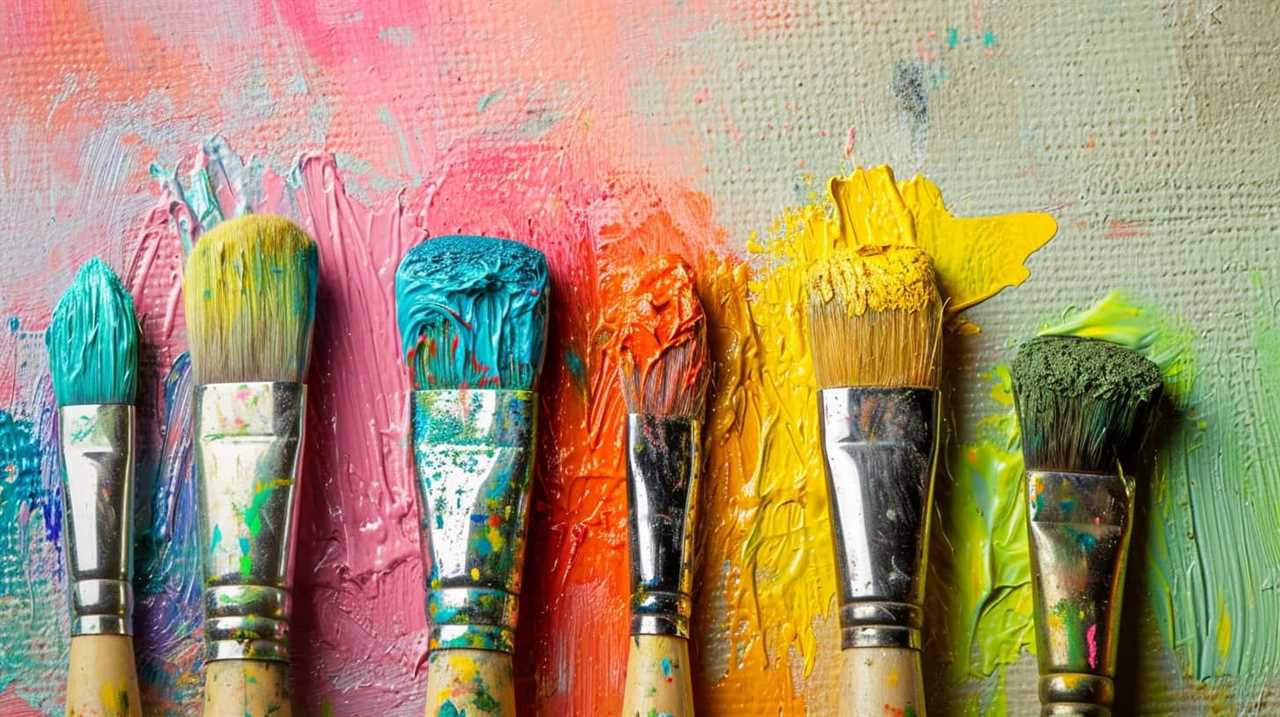
Through his perseverance, self-belief, and willingness to learn from failure, Van Gogh exemplified the qualities of artistic resilience. His insights continue to resonate with artists today, reminding us that overcoming obstacles is an integral part of the artistic journey.
Frida Kahlo’s Words of Strength and Perseverance
Frida Kahlo’s words of strength and perseverance continue to inspire artists with their powerful message. Kahlo, known for her resilience through pain and her unwavering artistic determination, left behind a legacy that resonates with artists seeking mastery. In her artwork and writings, Kahlo openly expressed her physical and emotional struggles, offering insight into her journey as an artist and as a woman.
One of Kahlo’s most famous quotes, ‘I paint flowers so they’ll not die,’ encapsulates her determination to find solace and meaning in her art. Despite the physical pain she endured due to a debilitating accident and numerous surgeries, Kahlo channeled her emotions into her artwork, creating vivid and introspective pieces that continue to captivate audiences. Her ability to transform her pain into beauty serves as a testament to her unwavering spirit and artistic resilience.
Kahlo’s words also shed light on the importance of perseverance in the face of adversity. She once stated, ‘Feet, what do I need them for if I’ve wings to fly?’ These words highlight Kahlo’s refusal to let her physical limitations define her, as she embraced her imagination and creativity to transcend her circumstances.
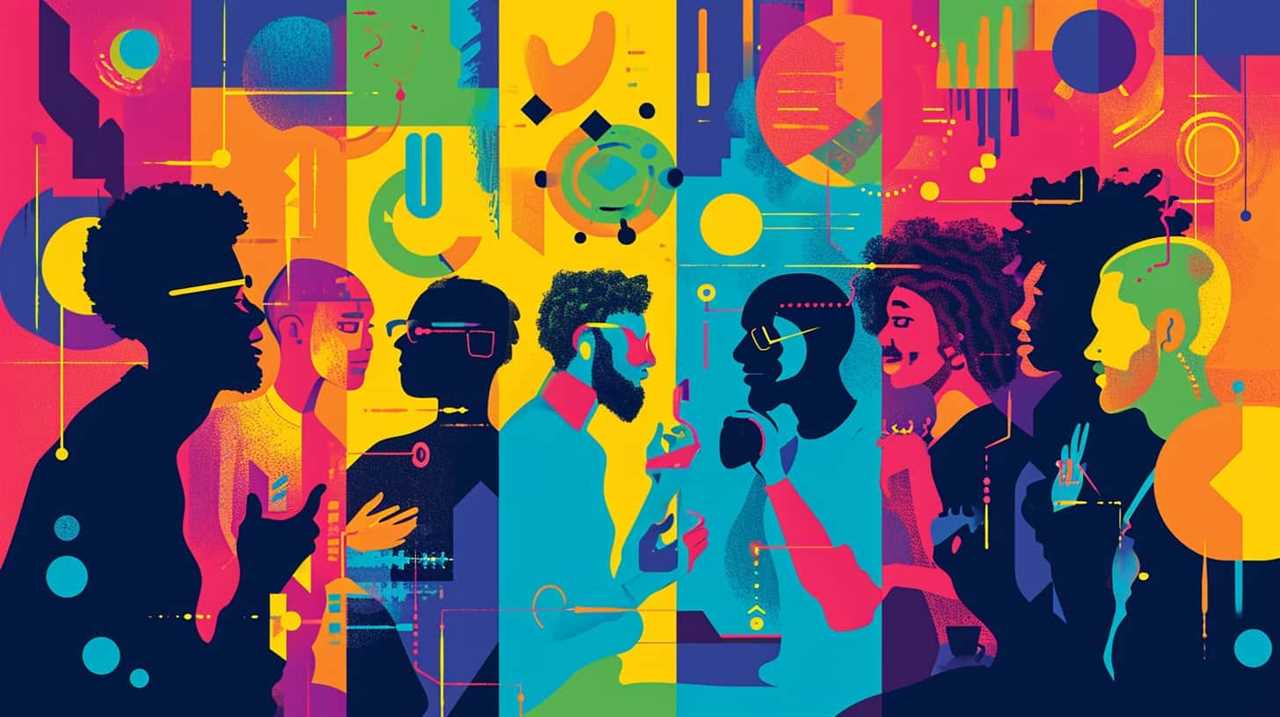
Monet’s Reflections on Endurance in Art
One of the key insights on endurance in art comes from Monet, who emphasized the need for persistence through his own artistic journey. Monet’s techniques in capturing light revolutionized the art world, but they didn’t come easily. His famous series of water lilies required countless hours of observation and meticulous brushwork. This dedication to capturing the ever-changing play of light and color is a testament to Monet’s unwavering commitment to his craft.
In addition to his technical mastery, Monet’s endurance can also be seen in his ability to adapt and evolve as an artist. Like Picasso, who constantly pushed the boundaries of artistic experimentation, Monet wasn’t afraid to take risks and explore new styles. From his early Impressionist works to his later, more abstract pieces, Monet’s artistic journey was marked by a willingness to embrace change and challenge convention.
Monet’s reflections on endurance in art serve as a valuable lesson for aspiring artists. They remind us that success in the art world isn’t achieved overnight, but through perseverance, dedication, and a willingness to embrace new possibilities. By following in Monet’s footsteps and enduring the challenges that come with artistic pursuits, we can hope to achieve mastery and leave a lasting impact on the art world.
Da Vinci’s Wisdom on Persistence and Success
While it is important to explore Monet’s reflections on endurance in art, it is equally valuable to delve into Da Vinci’s wisdom on persistence and success. Da Vinci, renowned for his multifaceted talents, had a profound philosophy on artistic perseverance. He believed that determination was the key to achieving artistic goals. To better understand his perspective, let us examine the importance of determination in art through a visual representation:
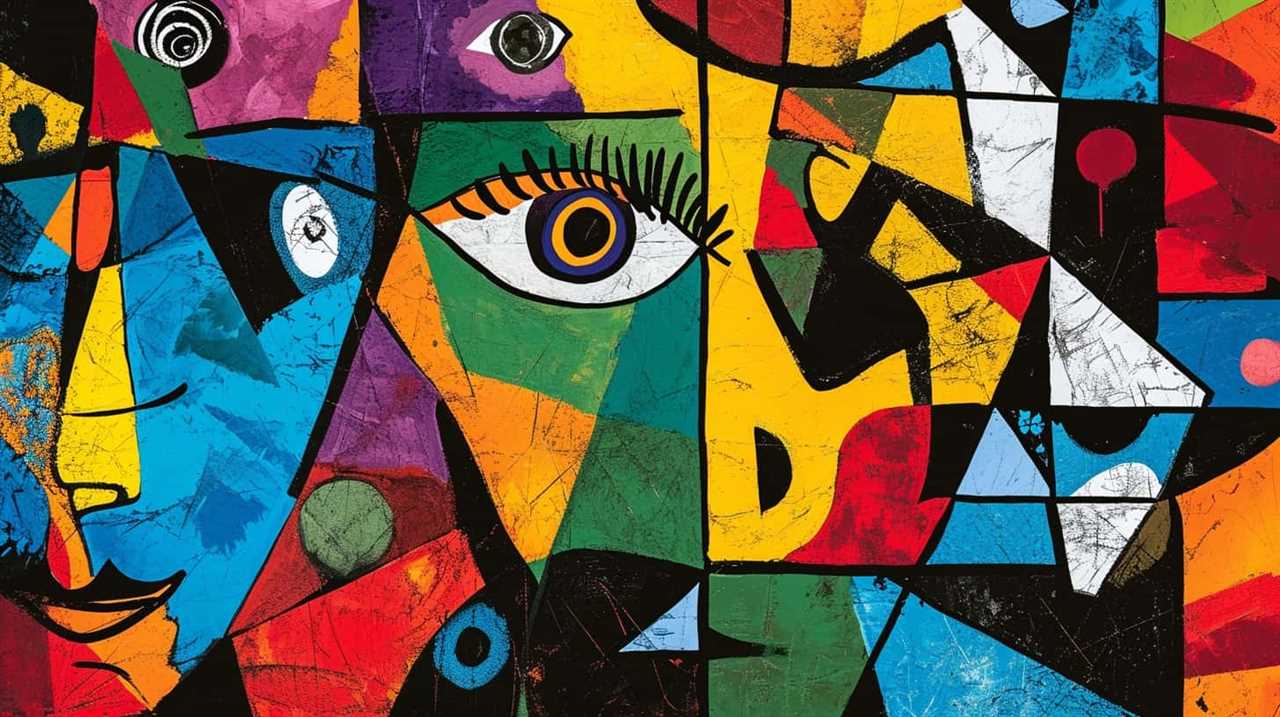
| Da Vinci’s Philosophy on Artistic Perseverance | Importance of Determination in Achieving Artistic Goals |
|---|---|
| Da Vinci emphasized the need for continuous practice and learning. He believed that mastery could only be attained through persistent effort and dedication. | Determination is essential in achieving artistic goals as it helps artists overcome obstacles and setbacks. It fuels the drive to push boundaries, experiment with new techniques, and refine one’s skills. |
| Da Vinci’s famous quote, "Art is never finished, only abandoned," encapsulates his belief that true artists never cease to strive for improvement. He encouraged artists to embrace the journey of constant growth and refinement. | Determination ensures that artists remain focused and committed to their craft. It instills resilience and the ability to persevere through challenges, leading to greater artistic achievements. |
Da Vinci’s philosophy on artistic perseverance and the importance of determination in achieving artistic goals serve as timeless lessons for artists aspiring to reach their full potential. By embodying these principles, artists can navigate the ups and downs of their creative journey with resilience and ultimately achieve success.
Frequently Asked Questions
How Did Picasso’s Perspective on Resilience Impact His Artistic Career?
Picasso’s artistic resilience and determination in adversity greatly impacted his artistic career. These qualities allowed him to overcome challenges, push boundaries, and continuously evolve as an artist, ultimately leading to his immense success and influential legacy.
What Were Van Gogh’s Biggest Challenges in His Artistic Journey and How Did He Overcome Them?
Van Gogh’s biggest challenges in his artistic journey were his mental health struggles and the difficulty in capturing his emotions on canvas. However, he overcame these obstacles through his use of vibrant colors, which became his signature style.
Can You Provide Specific Examples of Frida Kahlo’s Words of Strength and Perseverance in Her Art?
Frida Kahlo’s words of strength and perseverance in her art reveal her resilience in pain and her ability to overcome adversity. Her art serves as a testament to her unwavering determination and indomitable spirit.

How Did Monet’s Reflections on Endurance in Art Influence His Famous Water Lily Paintings?
Monet’s reflections on endurance in art profoundly influenced his famous water lily paintings. Through his perseverance and commitment to capturing the ever-changing nature of light and color, Monet created immersive and transcendent works that continue to inspire artists today.
What Advice Did Da Vinci Offer in Terms of Persisting and Achieving Success in the Art World?
Da Vinci’s philosophy on success in art is rooted in perseverance and determination. Picasso’s resilience had a profound impact, while Van Gogh overcame numerous challenges. Frida Kahlo’s strength and perseverance are celebrated, and Monet’s reflections on endurance are evident in his iconic water lily paintings.
Conclusion
In the vast canvas of artistic endeavors, the masters have whispered their secrets of perseverance.
Picasso’s brushstrokes of resilience, Van Gogh’s bold strokes of overcoming challenges, Frida Kahlo’s palette of strength and perseverance, Monet’s strokes of endurance, and Da Vinci’s strokes of persistence and success.
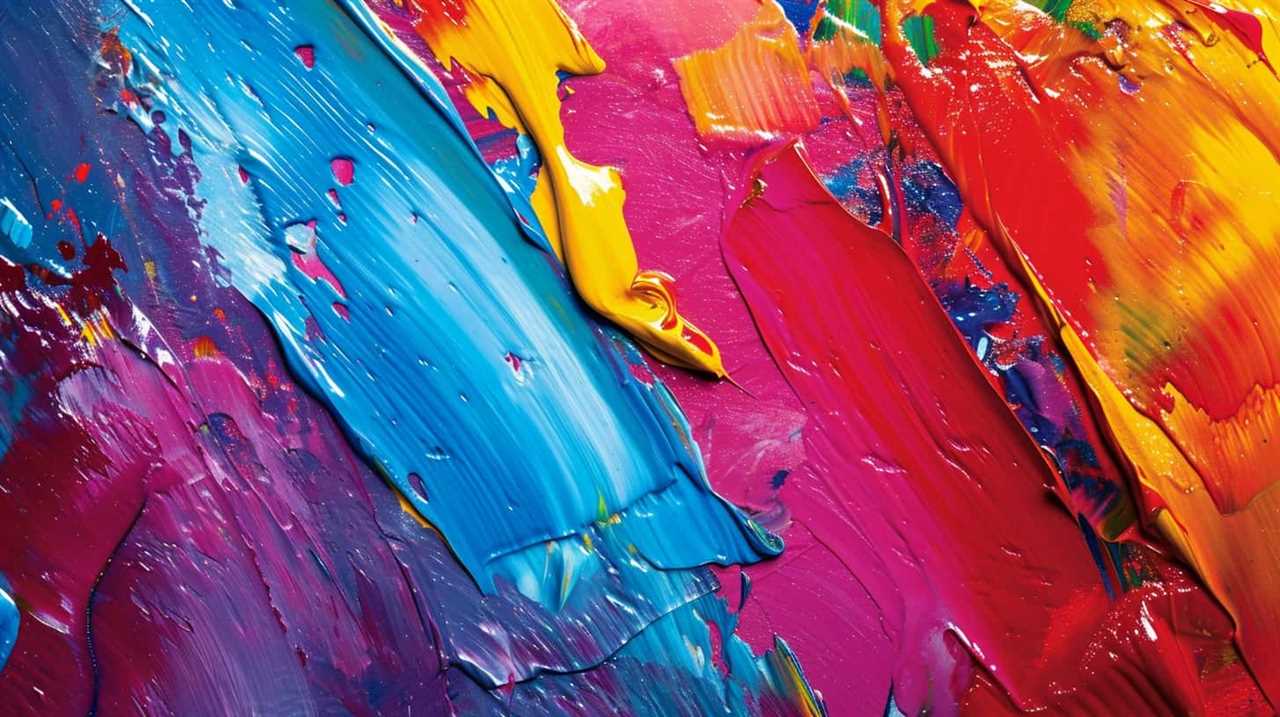
Like a symphony of colors, their words resonate with the echoes of determination and resilience.
Let their wisdom guide our own artistic journeys, as we paint our dreams with unyielding passion and unwavering resolve.
Lauren’s talent in writing is matched by her passion for storytelling. Her love for books and deep understanding of culture and entertainment add a distinct flavor to her work. As our media and press contact, Lauren skillfully bridges the gap between afterQuotes and the broader media landscape, bringing our message to a wider audience.
